What is banned
On 1 July 2024, the Commonwealth and all states and territories implemented amendments to the model WHS Regulations to make it an offence for a PCBU to carry out, or to direct or allow a worker to carry out, work involving the manufacture, supply, processing or installation of engineered stone benchtops, panels or slabs.
For the purposes of the model WHS Regulations, engineered stone is defined as an artificial product that:
- contains at least 1% crystalline silica as a weight/weight concentration, and
- is created by combining natural stone materials with other chemical constituents (such as water, resins, or pigments), and
- becomes hardened.
Engineered stone does not include:
- concrete and cement products
- bricks, pavers, and other similar blocks
- ceramic wall and floor tiles
- sintered stone (provided it does not contain resin)
- porcelain products (provided they do not contain resin)
- roof tiles
- grout, mortar, and render, and
- plasterboard.
On 1 January 2025, engineered stone benchtops, panels and slabs became prohibited imports under regulation 5M of the Customs (Prohibited Imports) Regulations 1956.
Frequently asked questions
On 13 December 2023, WHS ministers unanimously agreed to ban the use, supply and manufacture of engineered stone from 1 July 2024.
As the national WHS policy body, Safe Work Australia developed and published amendments to the model WHS Regulations to give effect to this decision by WHS ministers. For the ban to have effect, each jurisdiction must make amendments to their own WHS laws. The implementation of the ban may vary slightly from jurisdiction to jurisdiction. Refer to your WHS regulator for specific information about how the ban applies in your jurisdiction.
Ban on engineered stone
I work with engineered stone, or previously did…
I own a business that works with engineered stone…
Information for consumers and the general public
Re-installation
Resources
Guidance to help PCBUs understand their work health and safety obligations relating to the engineered stone ban and working with crystalline silica substances can be found on the Silica resources page.
The ban in your jurisdiction
Details of the ban may be specific to your jurisdiction. Contact the WHS regulator in your state or territory to find out how the ban applies to you.
Review of the engineered stone ban
In 2024-25, at the request of WHS ministers, Safe Work Australia reviewed the engineered stone ban to ensure it was operating effectively and to identify any unintended consequences.
